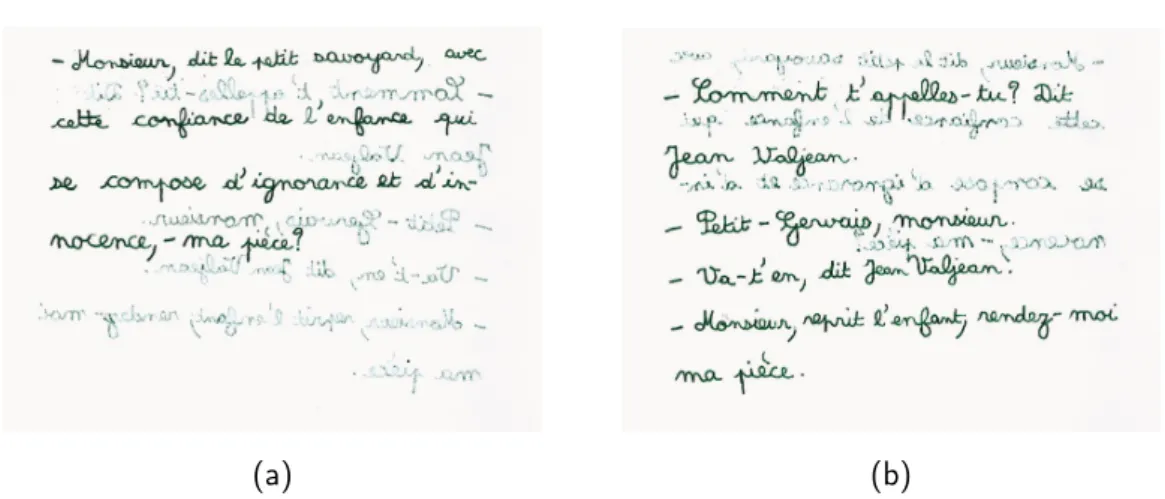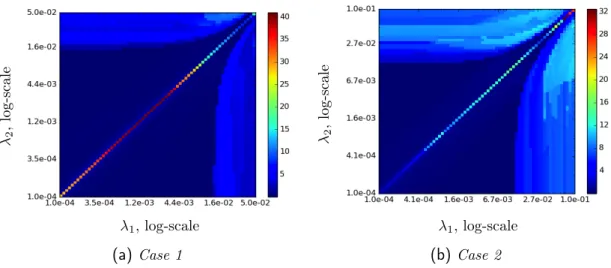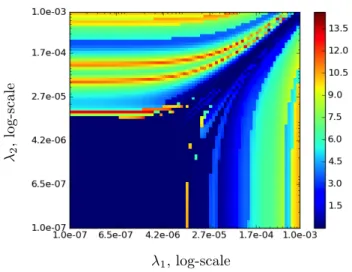Optimization framework for large-scale sparse blind source separation
Texte intégral
Figure
![Figure II.1 – Example of LC/MS data. Figure taken from [Rapin 2014].](https://thumb-eu.123doks.com/thumbv2/123doknet/2314145.27462/26.892.199.727.164.501/figure-ii-example-data-figure-taken-from-rapin.webp)



Documents relatifs
spectra. Finally, the abundances can then be estimated on the whole image using the estimated spectra. However, this strategy presents a limitation related to the difficulty
We propose an Adap- tive Stereo Basis (ASB) source separation method for such convolutive mixtures, using an adaptive transform basis which is learned from the stereo mixture pair..
Figure 5 shows the mean rejection level versus the number of sensors using the theoretical formulation for T = 1000 sample size.. We observe that, the more the number of sensors,
present a combined Independent Component Analysis (ICA) and beamforming method: first they perform a subband ICA and estimate the direction of arrivals (DOA) of the sources using
In the under- determined case (M < N ), two-steps methods based on sparsity are largely used [2]: The mixing system is first es- timated using clustering methods [3], then
We computed the F-score on three different matrices: first, for the full image, measuring the overlap between the binary result image and the ground truth; then on the true
In order to overcome the limitations of the previous al- gorithms, the method named ICAR (Independent Component Analysis using Redundancies in the quadricovariance) shortly presented
The strategy will influence the choice of the initial signal processing and classification techniques, for instance using the Motor Imagery BCI strategy, the bandpower





